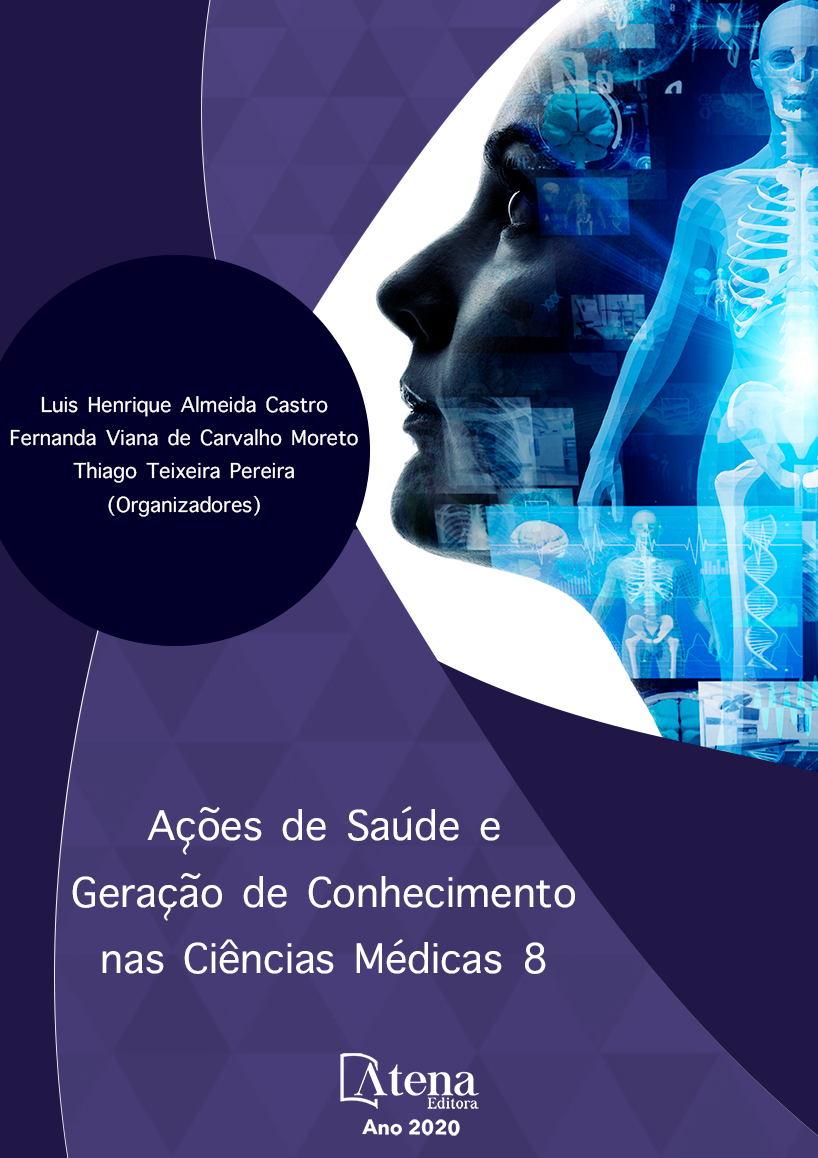
APLICAÇÃO DA ARGILOTERAPIA NO CLAREAMENTO DE MANCHAS HIPERCRÔMICAS
Disfunções estéticas na pele geram forte impacto psicoemocional e social por ser uma região anatômica de fácil visualização, causando mudanças de comportamento, baixa autoestima, dificuldade na aceitação do próprio corpo, o que pode ocasionar depressão. As manchas hipercrômicas são desordens de pigmentação que se originam através da produção exagerada de melanina, como os melasmas e as hipercromias pós-inflamatórias. Os fatores estimulantes são as radiações solares, os hormônios sexuais e agentes externos fontes de radicais livres. Utiliza-se frequentemente a terapia com argila branca para tratamento destas disfunções estéticas. O objetivo do presente estudo foi avaliar a eficácia e os benefícios da argiloterapia no tratamento de manchas hipercrômicas. Selecionou-se dez participantes do sexo feminino e masculino, maiores de 18 anos. No primeiro atendimento, foi feito o teste de alergia. Em seguida, realizou-se a higienização da pele no intuito de realizar a extração dos comedões com cureta esterilizada e gaze. Preparou-se a máscara de argila branca, 12 gramas de argila em pó foram adicionadas em uma cubeta que continha 20 mililitros de solução fisiológica a 0,85%. Aplicou-se a máscara diretamente sob a face utilizando pincel. Após 15 minutos, removeu a argila com esponjas umedecidas e o filtro solar foi aplicado. Ao findar cada sessão, realizou-se registros fotográficos das regiões anterior e lateral da face. No final do tratamento, os participantes responderam a escala de likert para avaliarem o grau de contentamento. Em dez sessões de tratamento, observou-se melhora no aspecto da pele, diminuição da oleosidade e dos poros, clareamento de manchas hipercrômicas demonstrando a efetividade da argiloterapia.
APLICAÇÃO DA ARGILOTERAPIA NO CLAREAMENTO DE MANCHAS HIPERCRÔMICAS
-
DOI: 10.22533/at.ed.13520220713
-
Palavras-chave: argiloterapia, argila branca, manchas pós-inflamatórias, melasmas
-
Keywords: clay therapy, white clay, post-inflammatory spots, melasmas
-
Abstract:
Aesthetic dysfunctions in the skin generate a strong psychoemotional and social impact, because it is an anatomical region that is easily visualized, causing behavioral changes, low self-esteem, difficulty in accepting one's own body, which can cause depression. Hyperchromic spots are pigmentation disorders that originate through the exaggerated production of melanina, such as melasmas and post-inflammatory hyperchromies. The stimulating factors are solar radiation, sex hormones and external agents sources of free radicals. White clay therapy is often used to treat these aesthetic dysfunctions. The aim of this study was to evaluate the efficacy and benefits of clay therapy in the treatment of hyperchromic spots. Ten female and male participants over 18 years old were selected. In the first care, the allergy test was performed. Then, skin hygiene was performed in order to perform the extraction of the comedones with sterile curette and gauze. The mask was prepared of white clay, 12 grams of clay powder were added in a bucket that contained 20 milliliters of saline solution at 0.85%. The mask was applied directly on the face using a brush. After 15 minutes, removed the clay with moistened sponges and the sunscreen was applied. At the end of each session, photographic records of the anterior and lateral regions of the face were perfomed. At the end of the treatment, participants answered the likert scale to assess the degree of contentment. In ten treatment sessions, improvement in skin appearance, decreased oiliness and pores, whitening of hyperchromic spots was observed, demonstrating the effectiveness of clay therapy.
-
Número de páginas: 14
- Jordyane Reisner Santos Damiani
- Débora Quevedo Oliveira
- Amanda Costa Castro
- Juliana Boaventura Avelar
- Hanstter Hallison Alves Rezende
- Isa Marianny Ferreira Nascimento Barbosa de Souza


